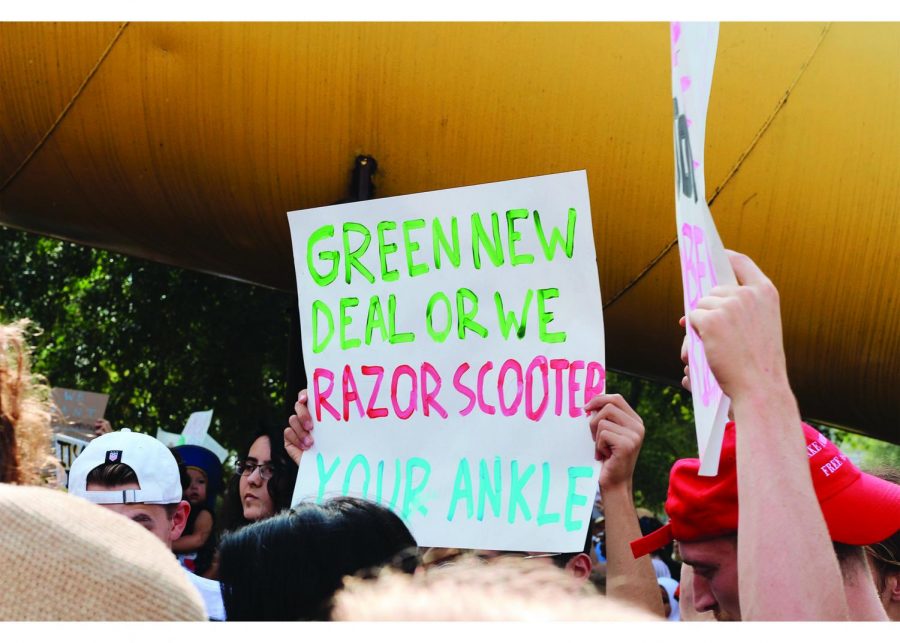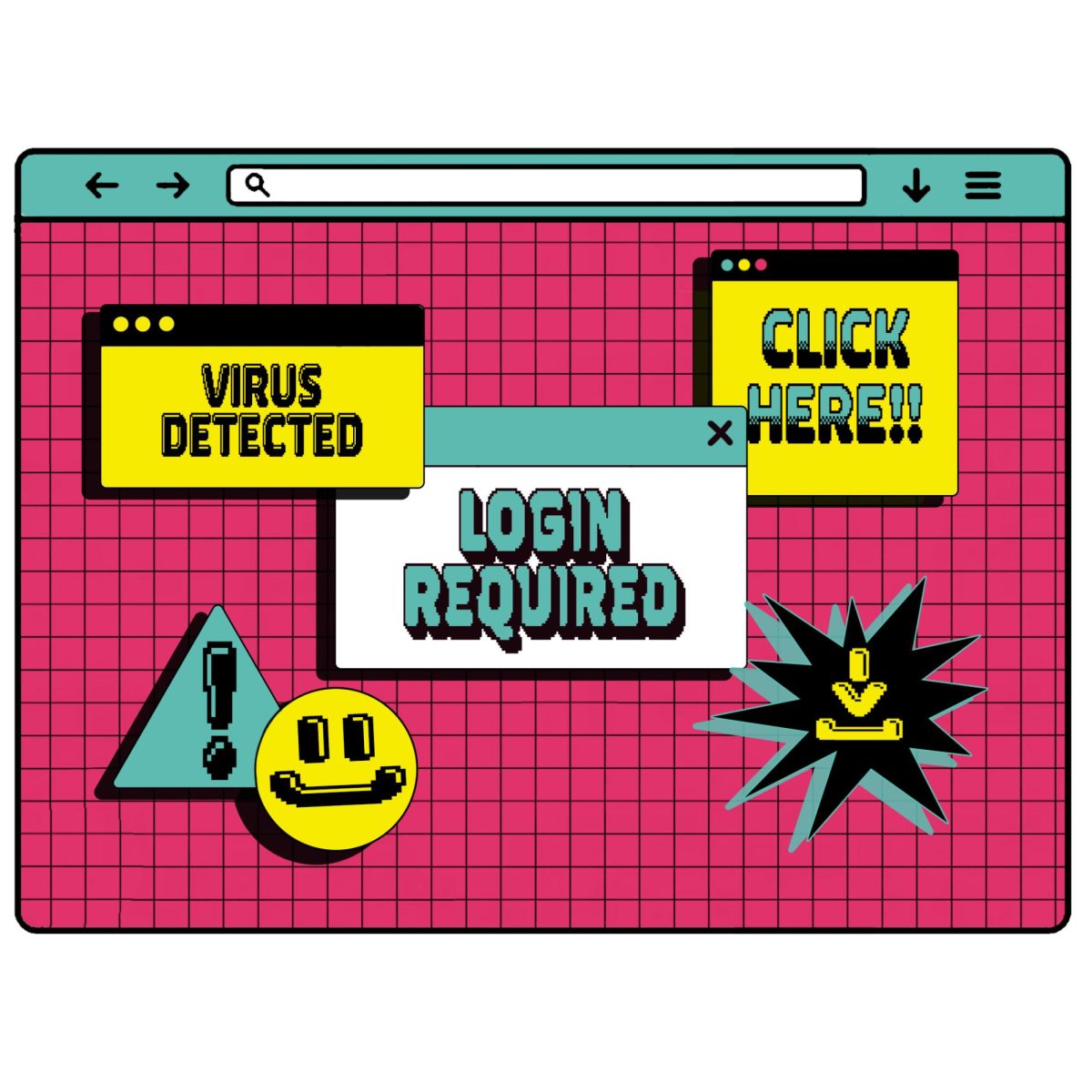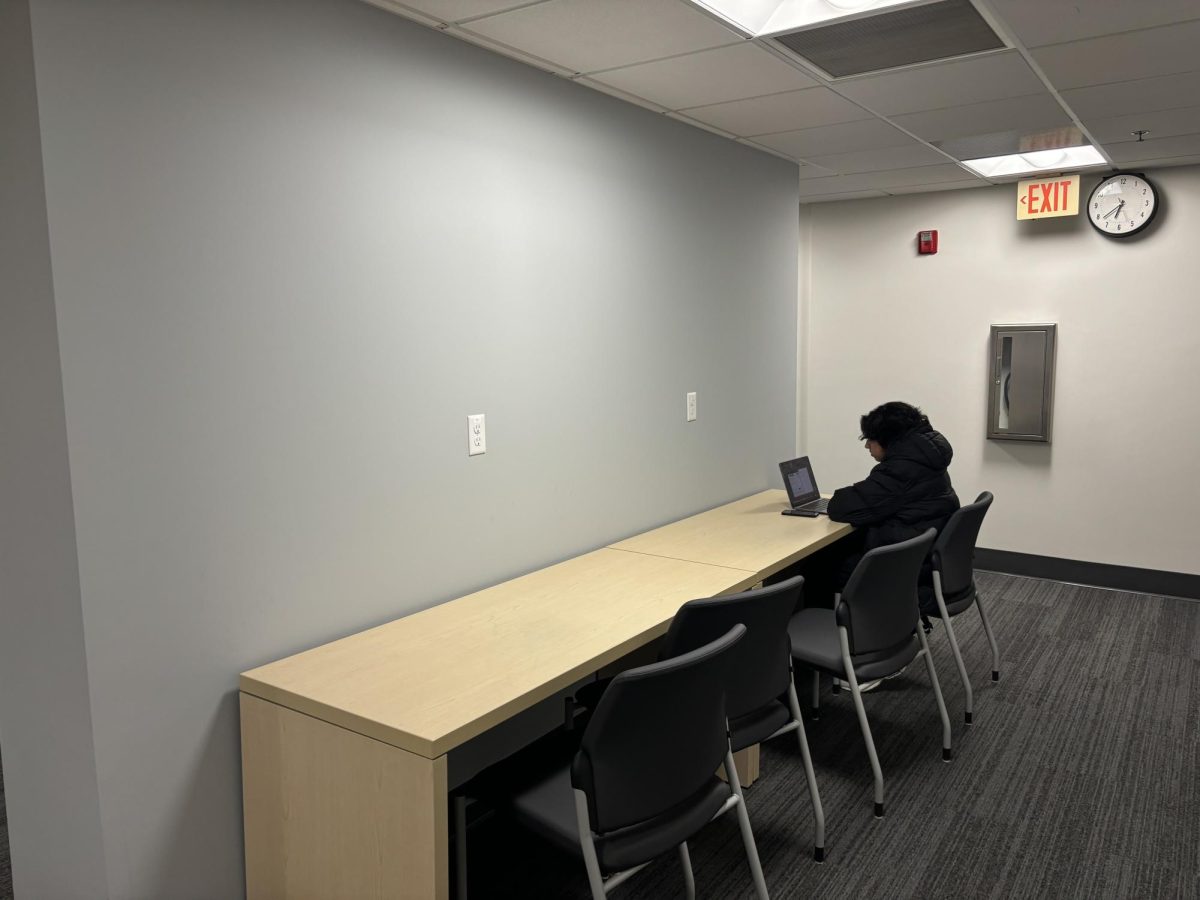From the Iowa caucus to the general election, politics have increasingly surrounded Blake’s community. Watching different debates and speeches, many candidates have proposed different environmental policies they would hope to implement if elected into office.
One of these propositions is the Green New Deal, which is a radical proposal to address climate change; several candidates feel this is a necessary step to address our environmental crisis. However, there is some confusion surrounding the Green New Deal and specifically about what it will entail and its purpose.
The Green New Deal isn’t exactly a policy proposal, but rather a first step in addressing how the United States should combat climate change. It isn’t a bill that can be passed and made into a law. Instead, it is a written proposal that consolidates a shared understanding of what climate change is and what the U.S. government needs to do to address it. The resolution is only 14 pages long and is comprised of two main parts.
The first part sets the stage by explaining that humans cause climate change and it currently results in rising sea levels, extreme weather disasters, wildfires, and more disastrous events. It highlights the possible costs of climate change for the United States, with numbers as high as $500 billion in lost economic input by the year 2100 and a risk of damage to $1 trillion of public infrastructure and coastal real estate in the United States’ as the resolution states. After asserting these facts, the call to action is to move the U.S. away from fossil fuels by 2050 to sustainably meet the challenges of the 21st century. The resolution plans to eliminate pollution and greenhouse gases as much as technologically feasible while meeting one hundred percent of the power demand in the United States through clean, renewable, and zero-emission energy sources.
The second part of the resolution recognizes that moving away from fossil fuels also requires moving away from certain industries that employ many Americans. Thus, the second half of the Green New Deal recognizes that in this quick and dramatic decarbonization, many Americans will suffer. It aims to answer the question of how we can transition to a more sustainable future in a way that doesn’t leave citizens completely helpless. This means prioritizing minorities and communities generally left behind in political scenarios and prioritizing aid such as universal health care and free higher-education for all.
Though the Green New Deal may be the best bet at addressing the climate crisis, there are still some drawbacks. Obviously, this requires a dramatic shift for many that could lead to unemployment and struggle during the U.S.’s transition to green alternatives. In understanding this resolution, there lies the question of what we must prioritize: adequately addressing the climate crisis while risking the health of the economy or continuing with business-as-usual while risking the health of our planet?







